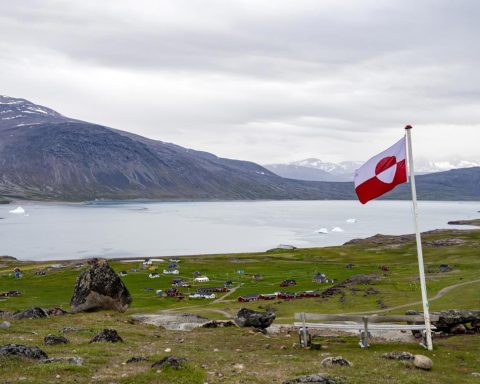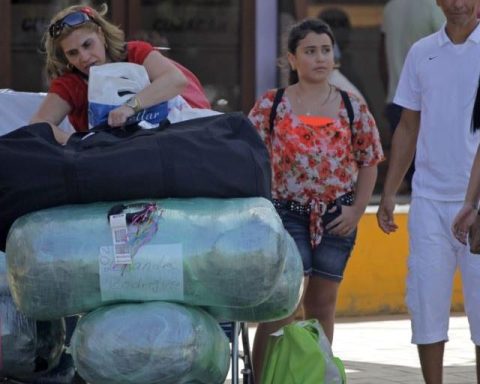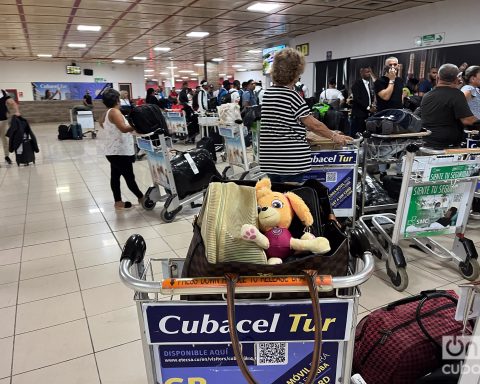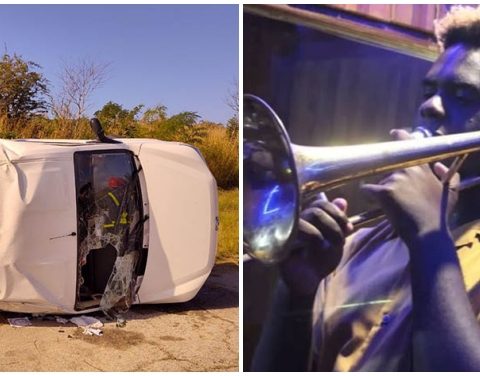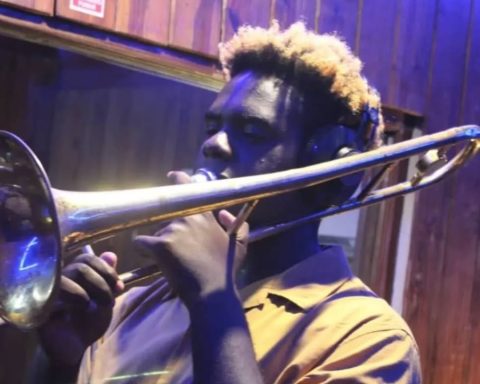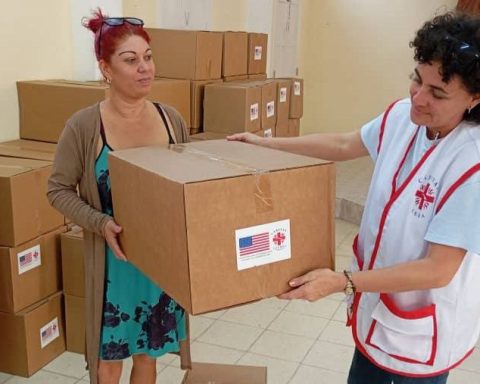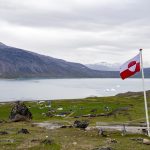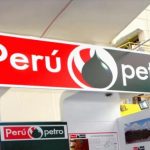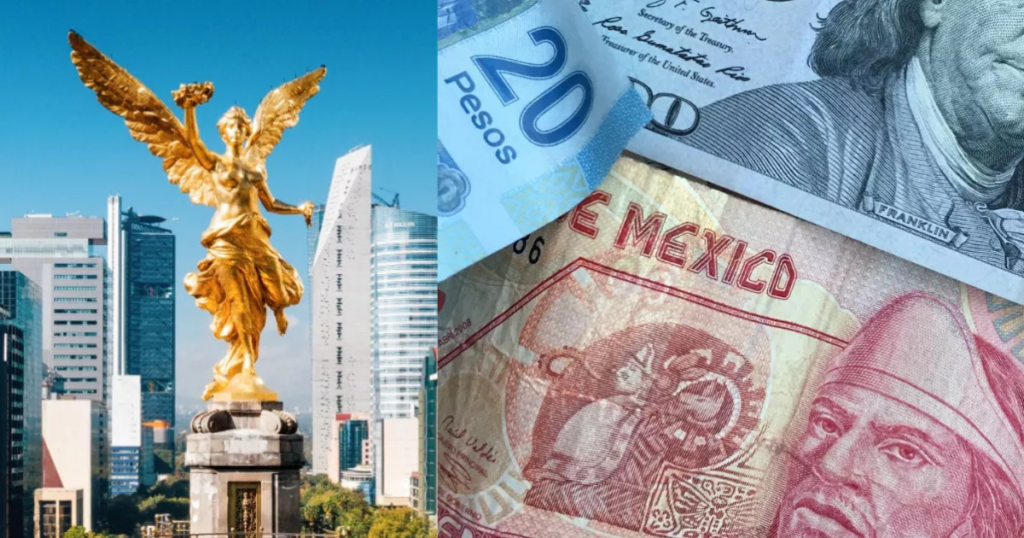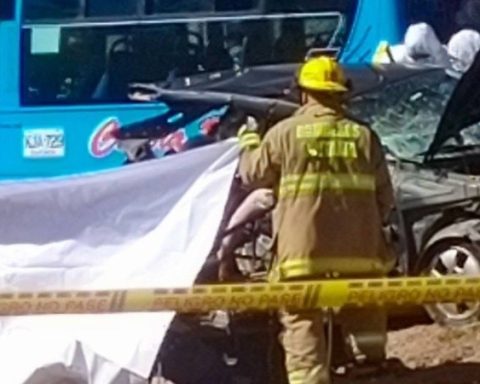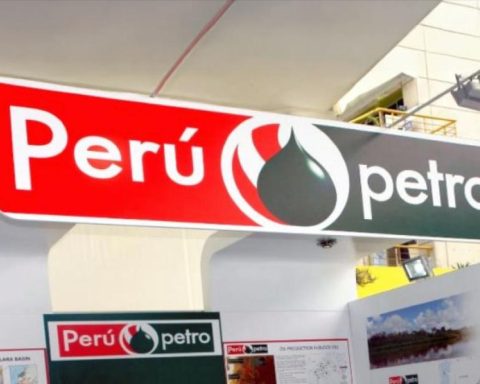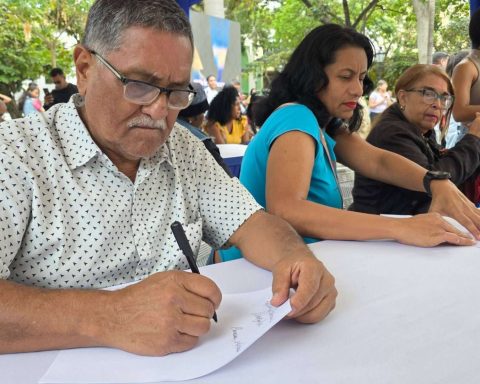Havana Cuba. — During the forty-seven years of his government, Fidel Castro undertook several megaprojects that failed and caused millions in losses to the Cuban economy. One of them was the construction of the Juraguá Thermonuclear Power Plantin Cienfuegos, which proposed to generate electricity through the atom.
Started with the help of the Soviet Union in the early 1980s, it would be a replica of the Chernobyl plant in Ukraine. The model, dubbed the “Atomgrado socialist utopia”, sought to achieve an ecological site, without environmental contamination, with residents on the site.
The enclave chosen to build the plant was one end of the Cienfuegos Bay. The project contemplated a nuclear city with four thousand houses that would house Russian technicians and Cuban personnel who would work in said facility.
Fidel Castro aspired for wind, solar and maritime energy to predominate in Cuba instead of expensive imported fossil fuel. The Juraguá plant was supposed to be able to provide up to 15% of the electricity needed for the entire country. If such a plant exists today, it is possible that we would not suffer the great blackouts that create so much discontent in the population; But it happened that of the four projected reactors, only one was built, which never came to work.
After the Chernobyl accident occurred on April 26, 1986, considered the greatest nuclear disaster in history, the construction of the Juraguá nuclear power plant was halted.
Fidel Castro Díaz-Balart, the dictator’s eldest son and in charge of the project, was dismissed by his father, presumably because of his incompetence. A few years ago, he committed suicide under strange circumstances and is hardly talked about anymore.
After the dissolution of the Soviet Union, Fidel Castro looked for alternatives to continue the construction of the Juraguá plant with new partners, but when he could not find them, he had to declare the plan closed in 1992. The United States, which had warned of the gigantic danger it posed the construction of the thermonuclear plant in Cuba, he breathed a sigh of relief.
Despite the fact that the work was left unfinished, many residents decided to stay and live in the built city. Although job opportunities have been lost, they are still there, isolated by a large concrete wall. It is estimated that the cost of the Juraguá plant was 1,100 million pesos, without having offered any benefit to the country.
As happened with the Juraguá nuclear power plant, the National Highway was also left unfinished, conceived as a great eight-lane expressway that would stretch across the entire island from East to West. Only two sections were completed: one that starts from the Barrio Obrero, east of Havana, to Santa Clara and Sancti Spíritus; and another that begins at 100th street in the capital municipality of Boyeros, up to the province of Pinar del Río, with only 6 roads and without extending to the municipality of Guane, the westernmost extreme of the country. The rest of the cities have some segments completed and inserted in secondary roads to connect the different towns with the main artery.
The construction of the Central Road, 1,140 kilometers long, began on March 2, 1927 and was officially inaugurated on February 24, 1931. In other words, it only took three years and eleven months. The National Highway, on the other hand, began to be built at the end of 1979 and today, after 42 years, it is still unfinished.
Another failed Fidel Castro project was the Cuban merchant marine. In the 1960s huge sums of money were invested in the acquisition of modern ships; not only with the objective of bringing merchandise to Cuba, but also to charter them to foreign companies. Nothing remains of that fleet today. The ships, useless, were sold for scrap years ago.
The “Andrés González Lines” school, designed to graduate professional sailors, became the Latin American School of Medicine (ELAM) 23 years ago.
Something similar happened with the Cuban Fishing Fleet, which now only has small vessels to catch fish and shellfish for export and tourism.
In the 1960s, Ernesto “Che” Guevara, then Minister of Industry, promoted the creation of new factories in various branches of the economy on orders from Fidel Castro. Very few are currently operating. Most are ruined buildings.
Receive information from CubaNet on your cell phone through WhatsApp. Send us a message with the word “CUBA” on the phone +525545038831, You can also subscribe to our electronic newsletter by giving click here.

